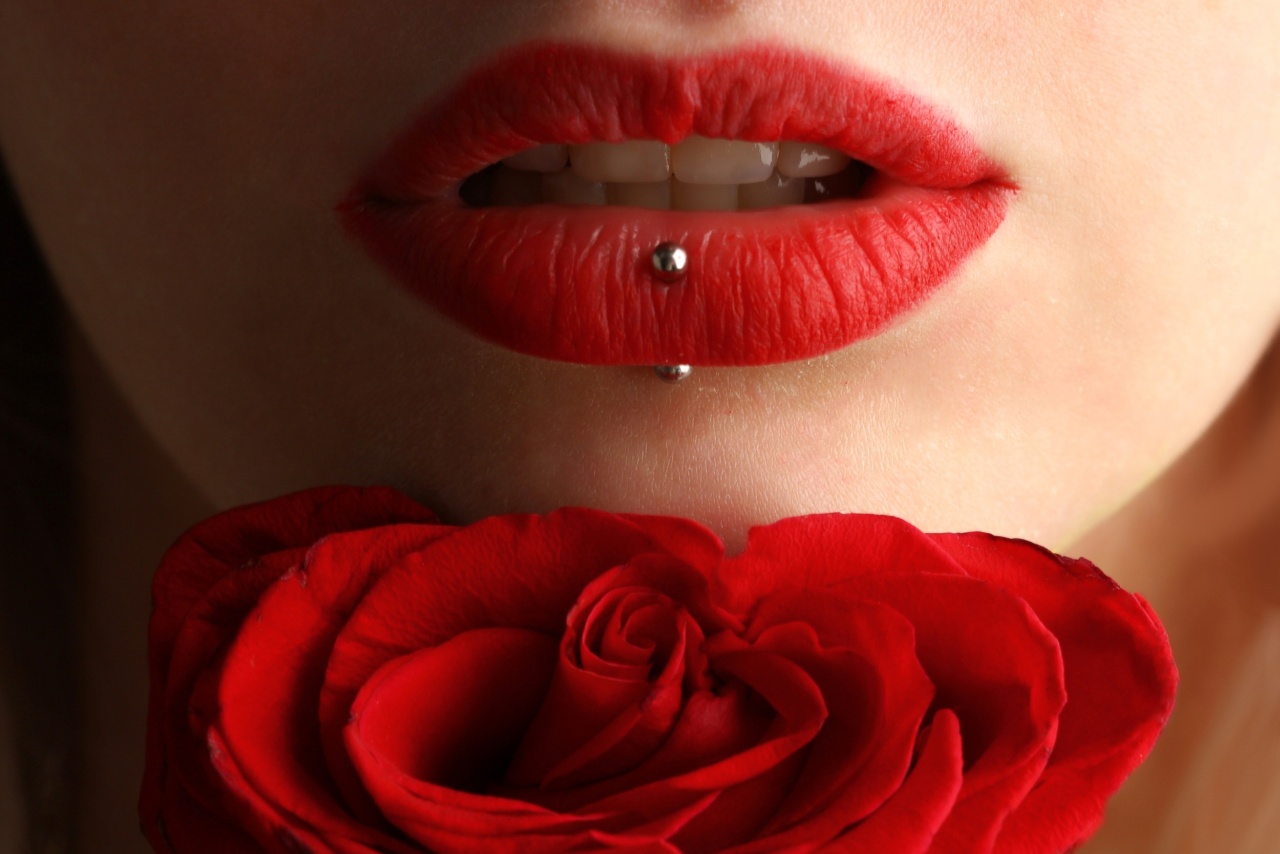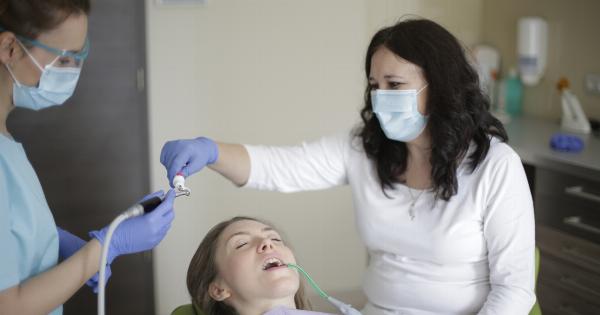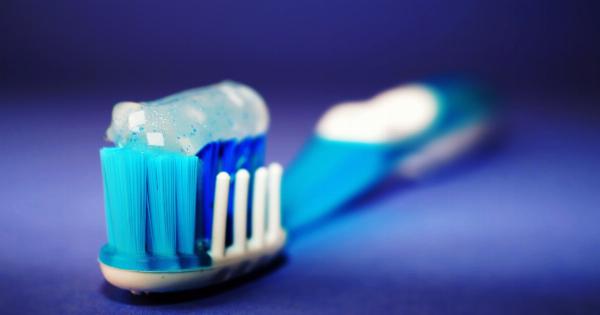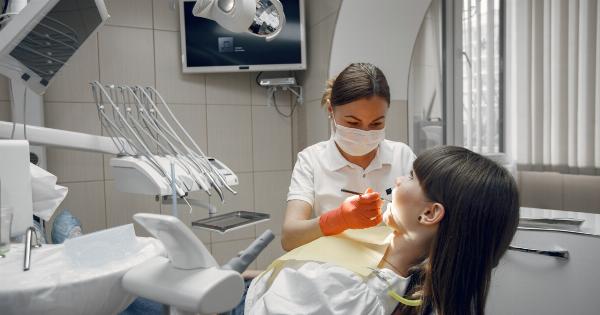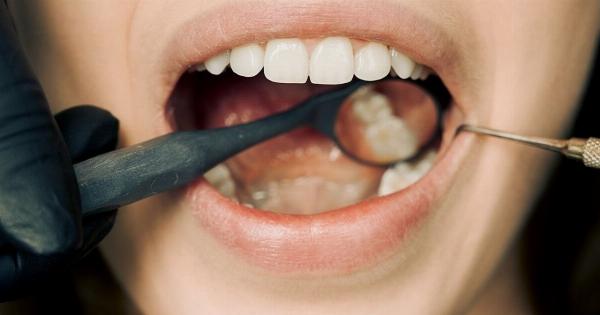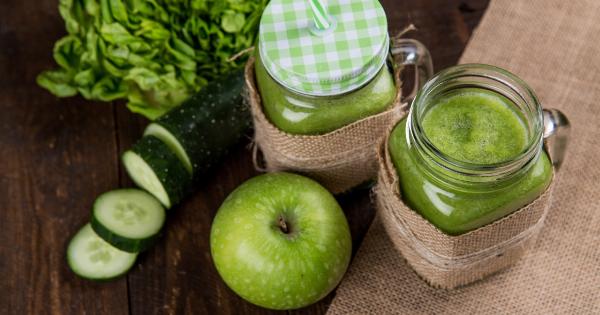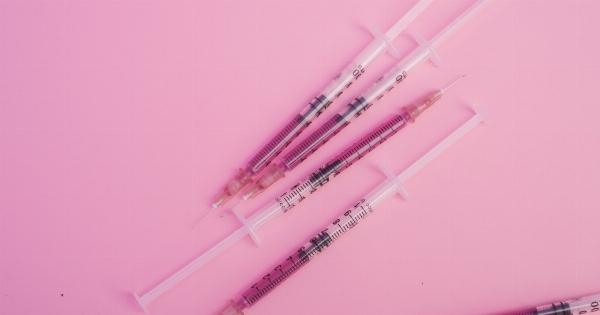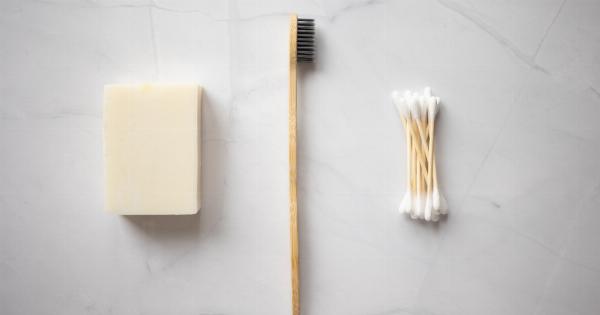Red wine is a popular alcoholic beverage enjoyed by many people around the world. It is known for its rich taste and numerous health benefits. However, one common side effect of consuming red wine is that it can stain your teeth.
The deep color of red wine comes from a pigment called chromogens, which can easily cling to the enamel of your teeth and cause discoloration.
When you drink red wine, the chromogens can attach to the outer layer of your teeth, known as the enamel. Enamel is the hardest substance in the human body, but it is porous, meaning it can develop small openings or cracks over time.
The chromogens in red wine can seep into these cracks and cause deep stains that are difficult to remove.
How Does Red Wine Affect Tooth Enamel?
Aside from chromogens, red wine also contains acid. Acidic substances erode the enamel over time, making it easier for chromogens to penetrate the tooth’s surface.
This means that not only does red wine stain your teeth with its dark pigments, but it also weakens the enamel, making it more susceptible to stains from other foods and drinks.
Furthermore, red wine is known to have a high tannin content. Tannins are plant compounds found in grape skins, seeds, and stems. They are responsible for the dry and puckery feeling you experience when drinking red wine.
Tannins can bind to the proteins in your saliva and create a rough surface on your teeth, allowing stains from other sources to stick more easily.
Preventing Stained Teeth
While enjoying a glass of red wine is a pleasurable experience, it’s essential to take preventive measures to minimize teeth staining. Here are some tips to help you prevent stained teeth from red wine:.
1. Rinse Your Mouth
After consuming red wine, rinse your mouth with water to wash away any residual pigments. Swish the water around your mouth for at least 30 seconds to ensure all the staining compounds are flushed out.
2. Brush Your Teeth
Brush your teeth thoroughly at least 30 minutes after drinking red wine. Be sure to use a whitening toothpaste to help remove surface stains and restore the natural whiteness of your teeth.
However, it’s important to wait for half an hour as brushing immediately after wine consumption can spread the acid and damage the softened enamel.
3. Use a Straw
When drinking red wine, consider using a straw to minimize contact between the wine and your teeth. By sipping through a straw, you can direct the wine towards the back of your mouth and bypass your front teeth, reducing the risk of staining.
4. Eat Raw Fruits and Vegetables
Foods with high water content, such as apples, celery, and carrots, act as natural toothbrushes. Chewing on these raw fruits and vegetables helps remove stains and plaque from your teeth, maintaining their whiteness.
5. Limit Wine Consumption
Reducing the frequency and quantity of red wine consumption can help minimize the risk of stained teeth. While it’s difficult to completely avoid staining, moderating your intake can significantly reduce the likelihood of severe discoloration.
6. Use Whitening Products
If you’re concerned about stained teeth from red wine, you can try using over-the-counter whitening products. Whitening toothpastes, mouthwashes, and strips can help remove surface stains and lighten the overall color of your teeth.
However, it’s essential to follow the product instructions and consult your dentist for professional advice.
What to Do If Your Teeth Are Already Stained?
If your teeth are already stained from red wine or other staining substances, there are several treatment options available to restore their natural whiteness:.
Professional Teeth Whitening
A professional teeth whitening treatment performed by a dentist is an effective way to remove deep stains caused by red wine.
Dentists use powerful bleaching agents that go beyond the surface of the tooth to reach the underlying stains and restore whiteness. Professional whitening treatments are safe, quick, and provide long-lasting results.
At-Home Whitening Kits
At-home whitening kits, which are available over the counter, can also help lighten stained teeth. These kits usually include whitening gels or strips that you can apply to your teeth yourself.
It’s important to follow the instructions provided and be consistent with the treatment to achieve noticeable results.
Veneers
If your teeth have severe stains that do not respond to other treatments, veneers can be a suitable option. Veneers are thin porcelain shells that are custom-made to fit over the front surface of your teeth.
They can give you an instantly whiter smile and are also resistant to future staining.
Regular Dental Cleanings
Regular dental cleanings are essential for maintaining good oral health and preventing staining.
During a dental cleaning, your dentist or dental hygienist will remove plaque and tartar buildup, as well as surface stains, leaving your teeth looking brighter and cleaner.
Conclusion
While red wine can contribute to stained teeth, taking preventive measures and seeking professional treatment options can help restore your smile’s natural whiteness.
By rinsing your mouth, brushing your teeth, using a straw, eating raw fruits and vegetables, limiting wine consumption, and using whitening products, you can minimize the risk of staining. If your teeth are already stained, professional teeth whitening, at-home whitening kits, and veneers can help restore your smile’s brightness.
Remember, regular dental cleanings are also crucial in maintaining oral health and preventing future staining.
